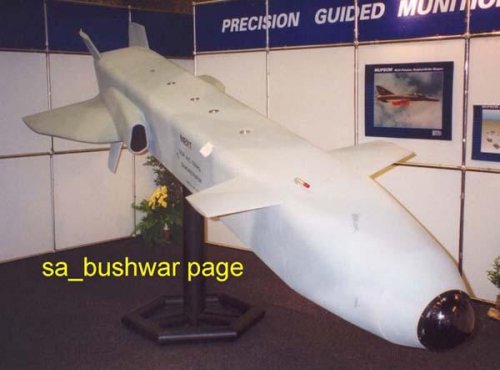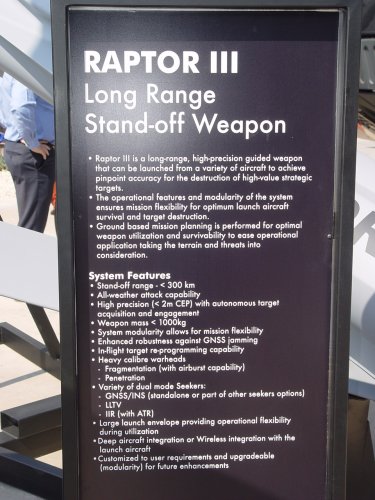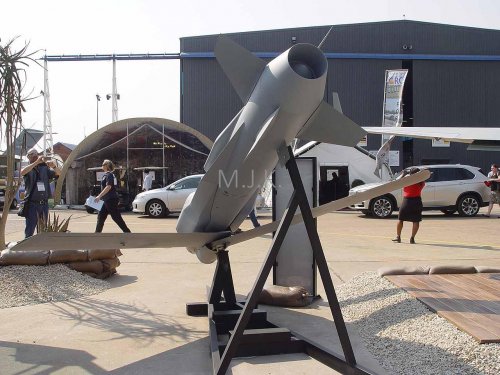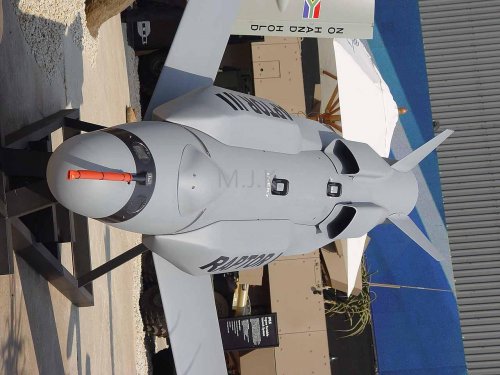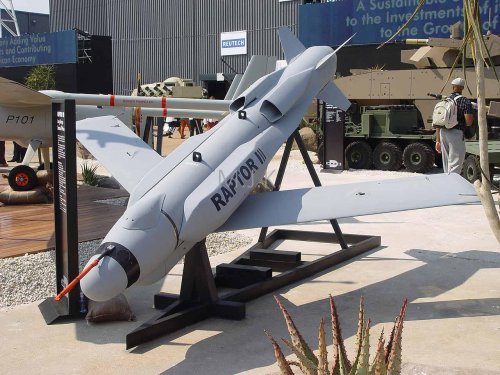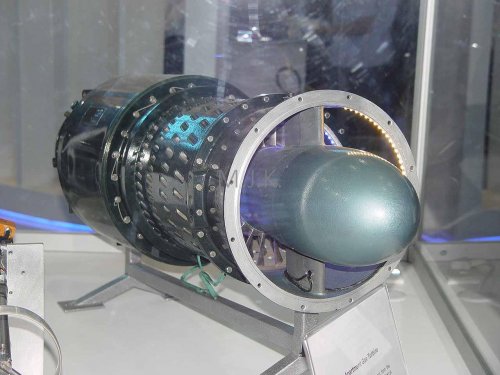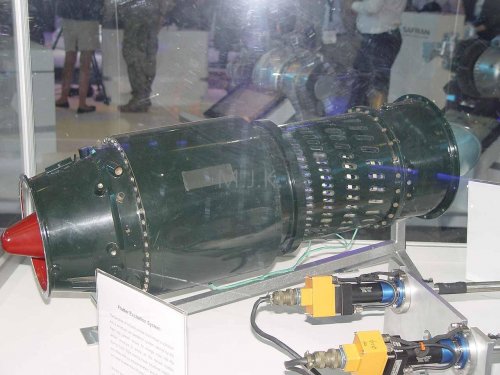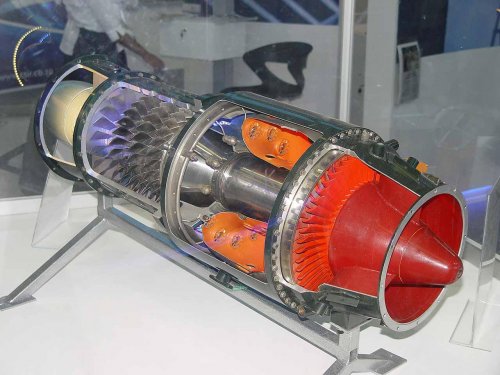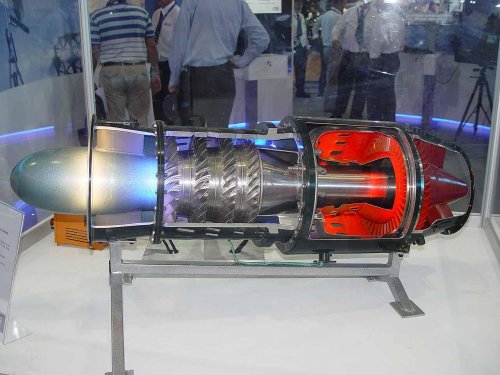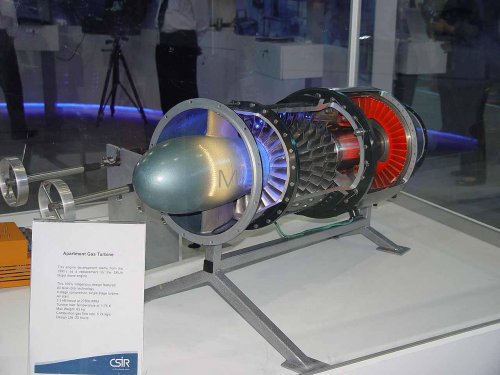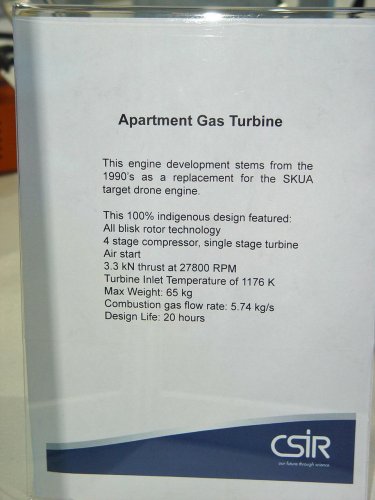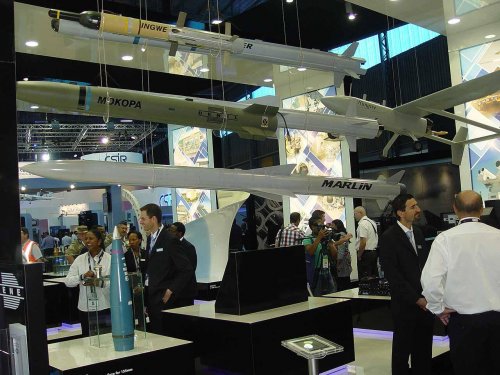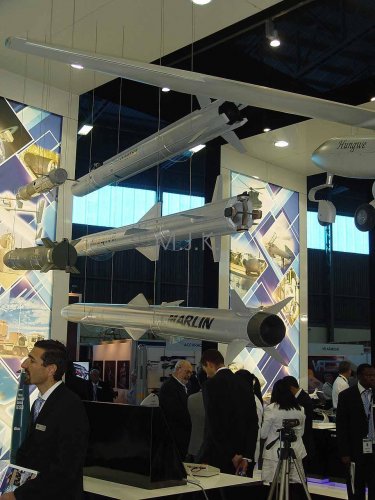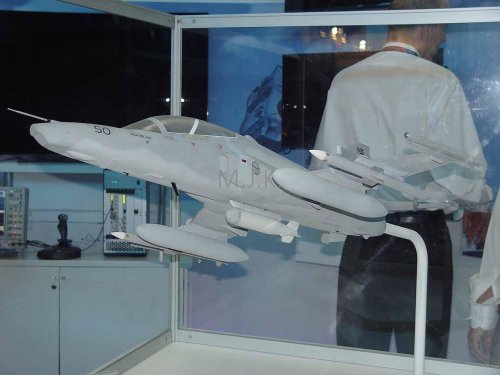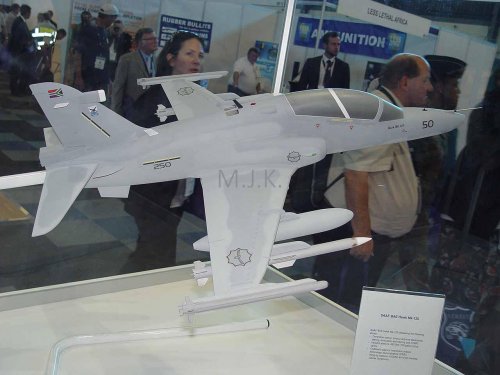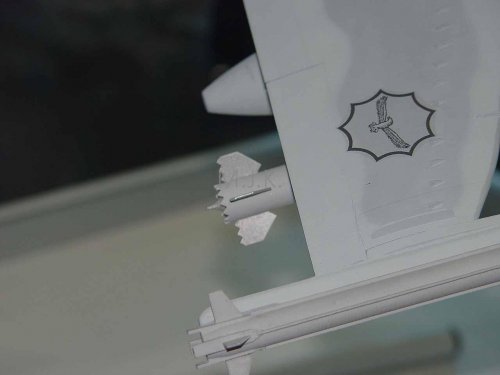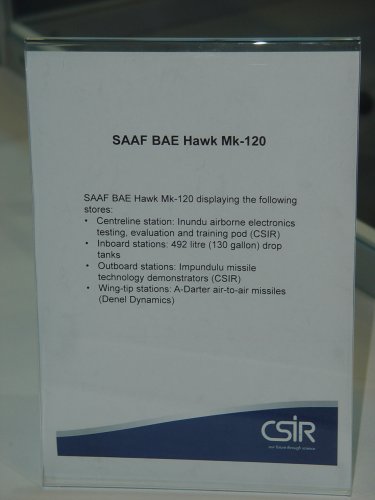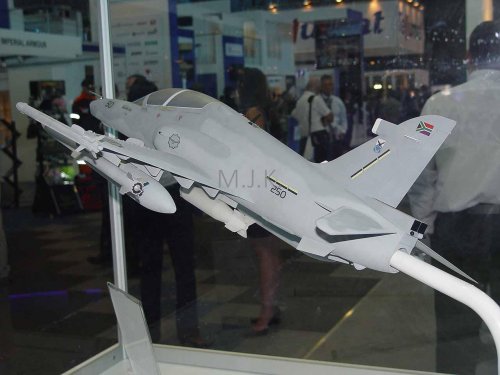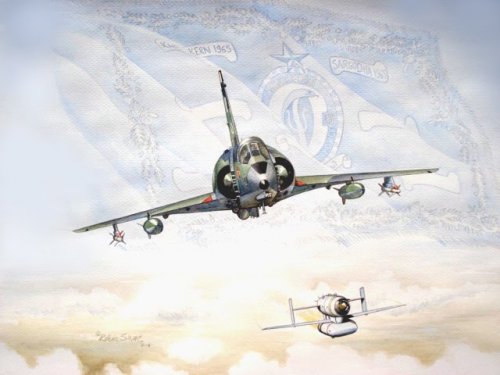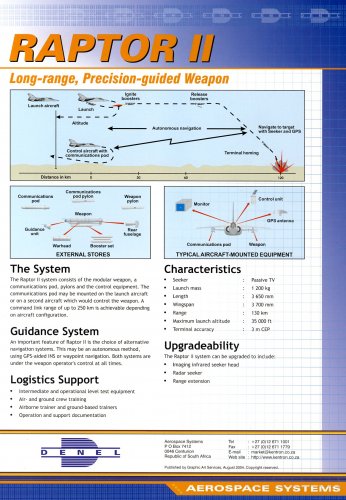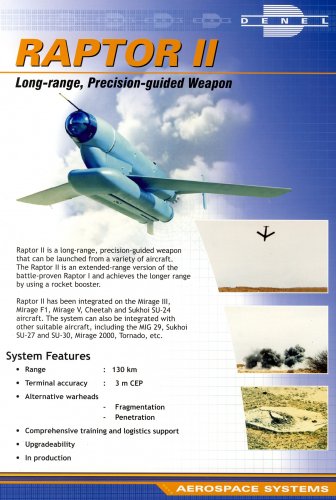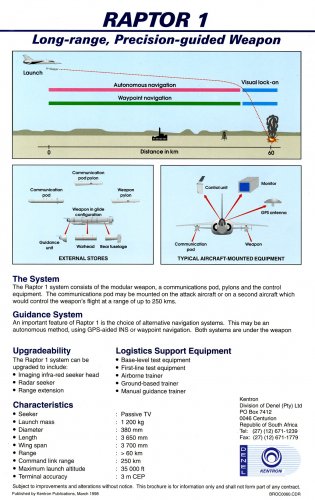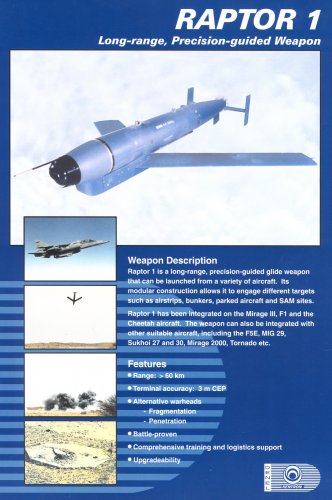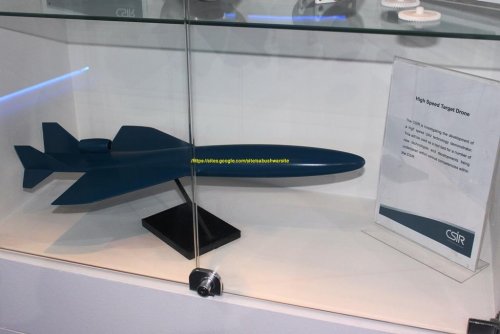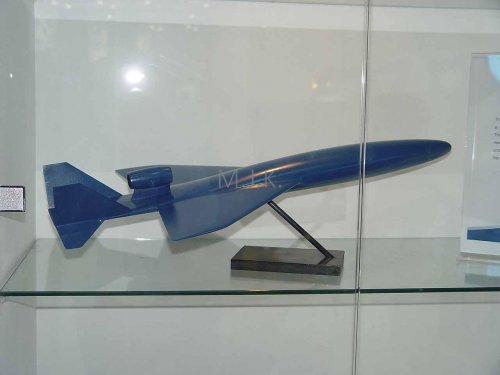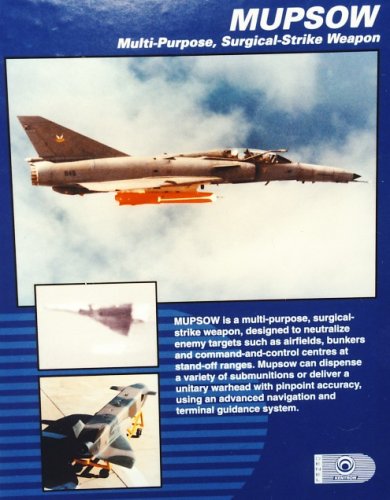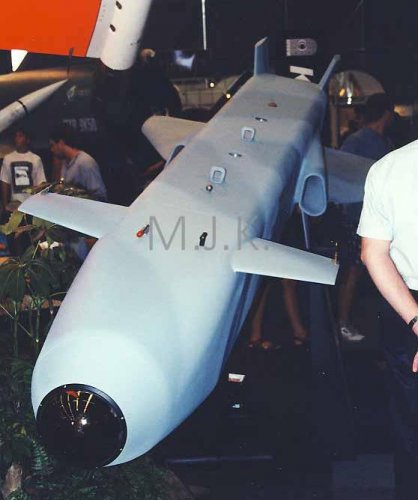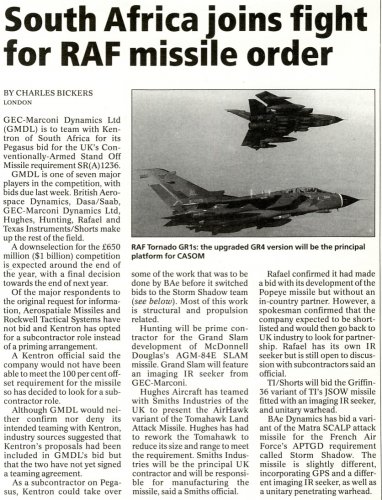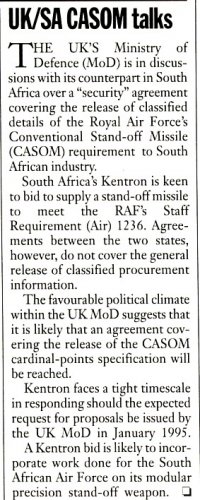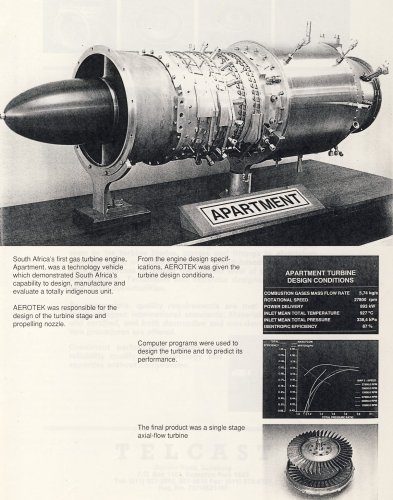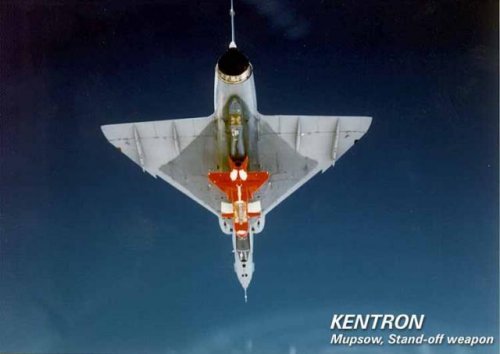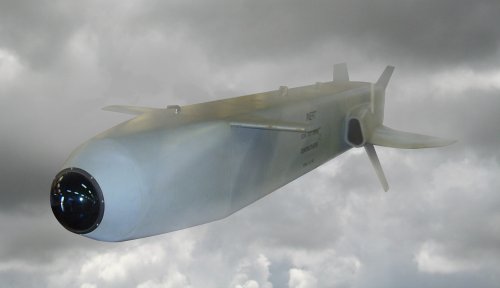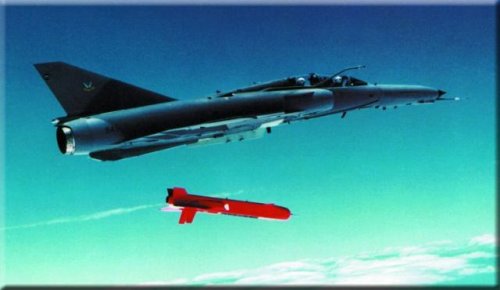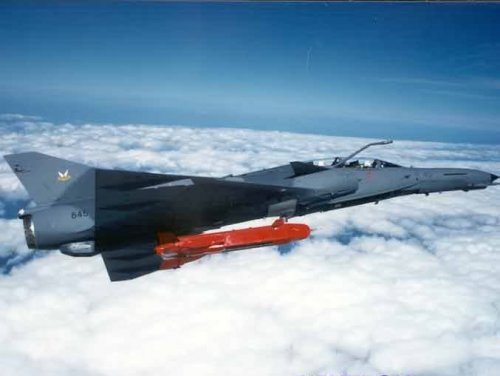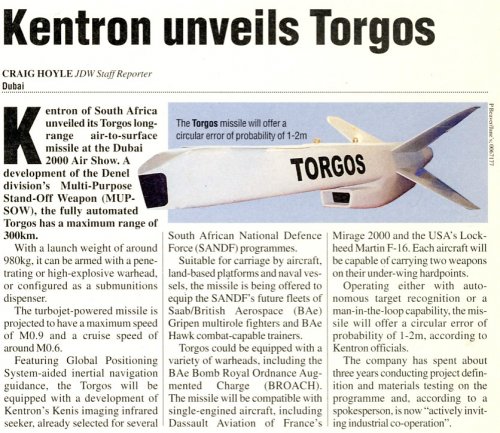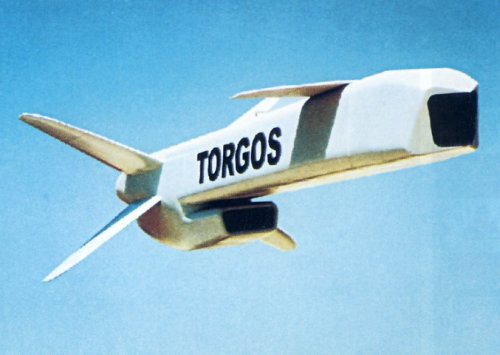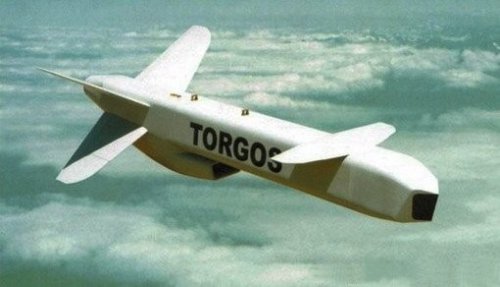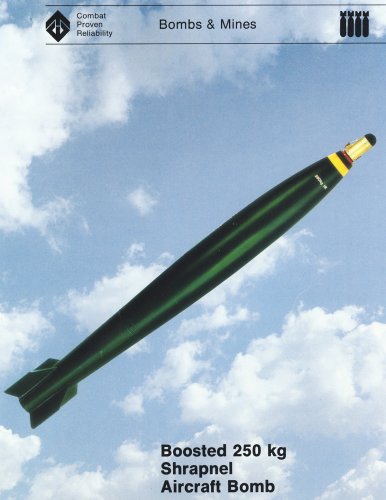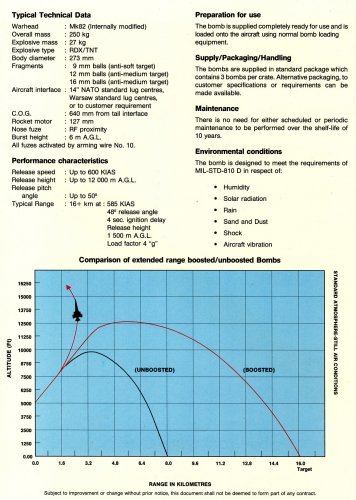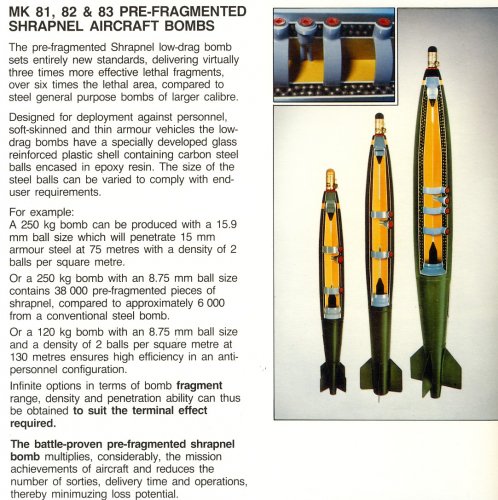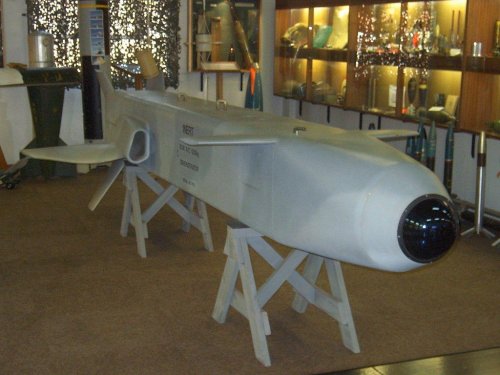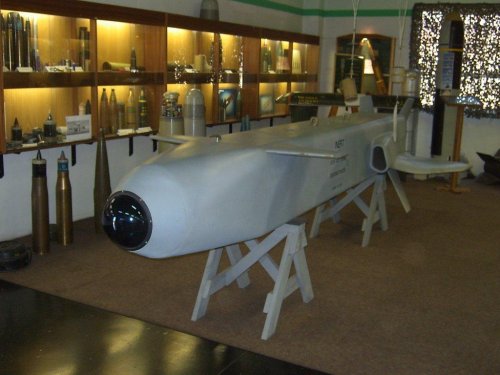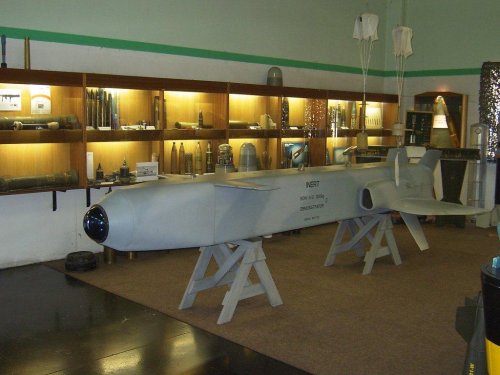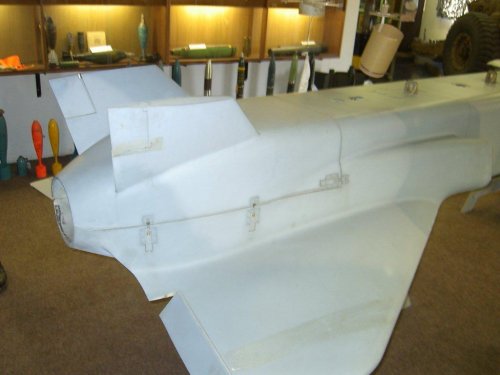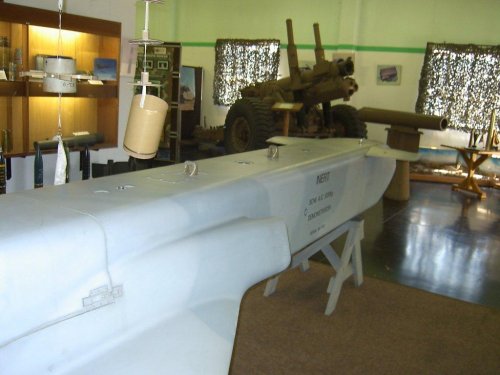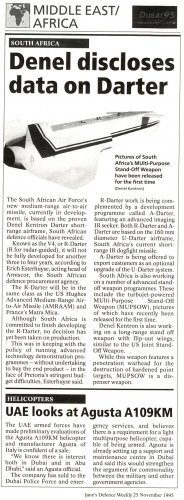- Joined
- 27 March 2006
- Messages
- 1,870
- Reaction score
- 1,617
Another thing about that trio of cruise missiles....
I note you said it was 2 tiered, then became 3 tiered.
Something that I've noticed, and it is my opinion only:
The MUPSOW, later Torgos, is an air launched cruise missile (ALCM).
The other two, Skua and Flowchart/Seraph, seem to me to be far too big for the platforms the South African Airforce were going to operate from the mid/late 1990's onwards. Thus, they appear to me to be land launched missiles, or possibly sea launched too.
With the dwindling Buccaneer strike force on it's way out, the mid to late 90's would have seen upgraded Cheetah C's, D's, upgraded Mirage F1's, and the New Generation Fighter Aircraft (Carver) coming on line at some point.
None of these seem nearly large enough to tote a Skua or Flowchart/Seraph style ALCM. Not even the Buccaneer would have been either, IMHO.
The only aircraft with the size to launch them would have been the Boeing 707's.
I've seen it mentioned that additional examples were to be procured, with a view toward more offensive missions.
Still, that aside, it appears to me therefore that the MUPSOW/Torgos was the ALCM, and Skua and Flowchart/Seraph were a two tiered, land launched system.
Unless the Boeing 707 expansion programme, with a view to be an aerial launcher, was definitely the way planned ahead...
If I'm correct, this would mean Skua and Flowchart were in direct competition as the low/high end, and the MUPSOW/Torgos a seperate strand? If not in launch method, then certainly size?
Speculation on my part, of course.
I note you said it was 2 tiered, then became 3 tiered.
Something that I've noticed, and it is my opinion only:
The MUPSOW, later Torgos, is an air launched cruise missile (ALCM).
The other two, Skua and Flowchart/Seraph, seem to me to be far too big for the platforms the South African Airforce were going to operate from the mid/late 1990's onwards. Thus, they appear to me to be land launched missiles, or possibly sea launched too.
With the dwindling Buccaneer strike force on it's way out, the mid to late 90's would have seen upgraded Cheetah C's, D's, upgraded Mirage F1's, and the New Generation Fighter Aircraft (Carver) coming on line at some point.
None of these seem nearly large enough to tote a Skua or Flowchart/Seraph style ALCM. Not even the Buccaneer would have been either, IMHO.
The only aircraft with the size to launch them would have been the Boeing 707's.
I've seen it mentioned that additional examples were to be procured, with a view toward more offensive missions.
Still, that aside, it appears to me therefore that the MUPSOW/Torgos was the ALCM, and Skua and Flowchart/Seraph were a two tiered, land launched system.
Unless the Boeing 707 expansion programme, with a view to be an aerial launcher, was definitely the way planned ahead...
If I'm correct, this would mean Skua and Flowchart were in direct competition as the low/high end, and the MUPSOW/Torgos a seperate strand? If not in launch method, then certainly size?
Speculation on my part, of course.

